DMI (Duel Monsters One): At The Gates
The Yu-Gi-Oh! Duel Monsters National Tournament (遊戯王デュエルモンスターズ 全国大会 Yugiō Dyueru Monsutāzu zenkoku taikai) was the first major tournament held by Konami in Ginza, Tokyo from February 1 to February 21, 1999. Instead of using the physical card game, this tournament was based off of the Game Boy game Yu-Gi-Oh! Duel Monsters and its rules.
Information on the tourney's details are somewhat scarce. We don't know the names of the winners, most of how the tournament ran, and other bits of knowledge that gives a more comprehensive look at what happened. This is true for most of the OCG during this and the Old School period. But with what we do have, we can infer something of an outline, even if it isn't fully accurate. Recent years have allowed this to be possible for this tournament as well. So have this tin badge and peer through the mists of time with me.
As would be the case for many tournaments, the practice of giving out an attendance card began here with Kanan the Swordmistress (
Her affiliation with the Warrior Tribe also means she's compatible with Legendary Sword. This means she can overcome the Silver Fang/Beast Fangs combination by herself, making her the best Tier 2 monster in the format. While not capable of beating the Tier 1 monsters and her rarity kept her from being a consistent threat, she is still a capable card in the first OCG Metagame. This has become true to the point that the pre-Starter Box era has been called in the English-speaking world "KANAN FORMAT" despite how oversized her role actually was.
Today, Kanan is considered one of the rarest card with multiple reprints in the game. During this event alone, 400 copies were given to attendees of the tournament (including participants) in card envelopes. In Japan, a Kanan can go for as high as 1.5 million Yen (Nearly 1300 USD as of this post.) Take note of this as we continue on.
When you look at the sources, one of the things you notice is that what the official name for the tournament is and what it's called in the modern day is different. During the period it took place, it was called 「
BEST DECKS (META ANALYSIS)
That there is no known result is a massive difficulty in analyzing this tournament. Without a known winner with a Deck, all we have is the cardpool to scrounge together Decks. We don't know the winner, but we can try to figure out the Meta and see which Decks were most likely win the tournament. Here is what I've figured out:
DRAGON EQUIPMENT BEAT
Perhaps the most basic strategy in the Deck, this build uses a combination of strong monsters combined with Equip Spells to place pressure upon the opponent as quickly as possible. Since the strongest monsters in the game via stats are Dragons, you can slot in Dragon Monsters like Black Daemon's Dragon and the Equip Magic Card Dragon Treasure to boost them to unbeatable heights through battle.
The flaw of this Deck (the flaw of Beatdown in general) is the fact that you can have as many copies of any card as you please. This means anyone with multiple Swords of Revealing Light are capable of stalling out this Deck near indefinitely. This would be changed for the physical game.
The next two Decks are built similarly. Their win conditions don't require you to win by battle, making them the best Decks in DM1.
EXODIA
Anyone familiar with Yu-Gi-Oh! is familiar with Sealed Exodia and its four pieces that constitute the Exodia win condition. By having all five cards in hand, you automatically win the Duel. Exodia in DM1 works the same way, except by consistently activating Magic Cards in hand to free space for more draws. Swords of Revealing Light, Dian Keto the Cure God and your own big beaters to discourage battling constitute how Exodia works in this game.
In this game, Exodia is near flawless. The only major flaw is that all five pieces are only available by defeating 5 of the campaign's Duelists 100 times each. But a dedicated Exodia build could have won this competition with little difficulty. Except for one potential Deck.BLAZING HELL
Generates a blazing hell that takes 5000 of your opponent's Life Points. This is the most powerful card in the game. One of these cards can take a significant chunk out of yours or your opponent's LP. Two of them is simply the end of the game. It's for this reason that this became infamous for how much of an anti-fun card it was.
For those of you who can read Japanese, you'd probably go, "That's nice." But for those of you who can't, these are certificates that were given to tournament participants based on their performance. It's through these pieces of paper that we can glean something of how the tournament was organized. Please keep in mind that much of this is guesswork being tied together by the strings we do have.
- We know that there were at least two qualifying rounds before the Finals.
- Round 1's full details are still lost to time, but two of these certificates note that the 1st Round had a 1st and 2nd place certificate. There is a possibility of a 3rd place certificate as well, but that remains unknown at this time
- Thanks to the only 2nd round certificate we currently have, we can surmise that the 2nd Round divided the participants into multiple blocks. The winner of these blocks received certificates stating as much and, if qualifying ended, received their Qualifying rewards as well as moved on to the Finals.
- The Finals were most likely Single Elimination with the Top 4 receiving their rewards at the end of the tournament.
There isn't much detail here, but it's the closest thing to an outline that we have. I hope that others can fill in more details with time.
As the attendance card practice began with this tournament, so did the tradition of handing out Prize Cards depending on placement. For Qualifying for the Finals, players received:
If these cards were available for the Finals, then Yamadron (ヤマドラン Yamadoran 1600/1800) could have seen use in the Dragon Equipment Beat Deck, but the most defining card on this list is Millennium Shield (せんねんのたて Sennen no Tate 0/3000). Its 3000 DEF was enough to repel almost every monster in the game without boost. This gave both Exodia/Blazing Hell Decks another body to put in the way of their Life Points.
Stop Defense (しゅびふうじ Shubi Fūji "Defense Sealing"), however, could force Millennium Shield into Attack Position and allow Blue-Eyes White Dragon the equivalent Damage of a Direct Attack to destroy the monster. In that sense, it's a matter of risk/reward for using Millennium Shield. While this didn't alter the Meta greatly, it did add a little more complexity to the Finals.
As for the Finals, these are the Prize Cards received by the Top 4:
4TH PLACE: A PHYSICAL AND VIDEO GAME VERSION OF FIEND'S MIRROR
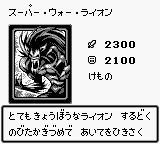
3RD PLACE: THE 4TH PLACE REWARD + A PHYSICAL AND VIDEO GAME COPY OF SUPER WAR-LION. ONE COPY WAS SOLD ON AUCTION FOR 1.3 MILLION YEN (10,911.07 in USD).
RUNNER UP: BOTH THE 4TH AND 3RD PLACE PRIZE CARDS + A PHYSICAL/VIDEO GAME COPY OF ZERA THE MANT.
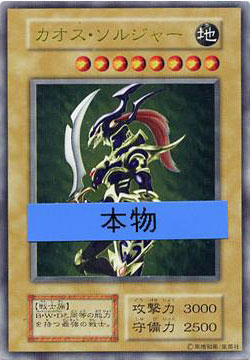
1ST PLACE: THE PREVIOUS PRIZE CARDS + A PHYSICAL AND VIDEO GAME COPY OF BLACK LUSTER SOLDIER. THE ONLY CARD OF ITS KIND, THIS WAS SOLD ON AUCTION FOR 998,000,000 YEN (8,376,343.74 USD)
Sometime during the same year, Replica versions of these cards were released in a magazine. Like the originals, they are illegal to use in a real Duel. These are collector's cards meant for displaying. So a very late and irrelevant congratulations to the winners of this tournament:
So now you might be thinking, "So what was the reason for this? It's a tournament for an old video game that isn't even relevant anymore." For that, I will now present this:
These are the trophies and prize cards for an ill-fated tournament that will be discussed in a future date. Please be once more indulgant in my speculation, but I suspect that this picture was taken during the National Tournament. Vol.1 had been released at this point, and Konami would've been keen to start promoting its physical card game as soon as possible. A way to do that would be to declare when the next tournament would take place and reveal the prize cards for it. They would likely also take the chance to explain the rules of the game and let others play at the tables.
While I might have evidence for this, I'm not 100% certain about it and will wait to talk about it in a later post.
CONCLUSION
The Duel Monsters National Tournament is one of the major mystery points of Yu-Gi-Oh. Information is scarce here, but what we do have paints a potential picture of how this event took place. It's my hope that someday this event can be brought to the light through the Yu-Gi-Oh! world. Until then, please use this as a simple baseline for what could've been and not what actually was.


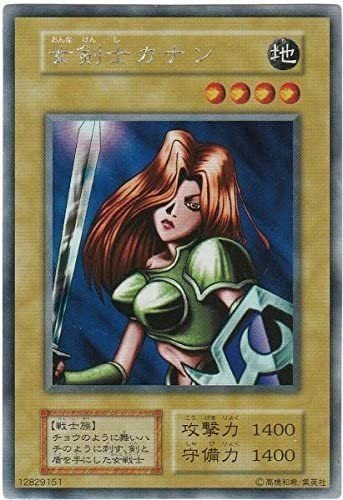
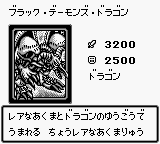
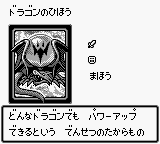
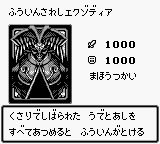
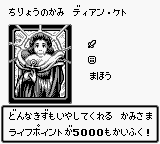
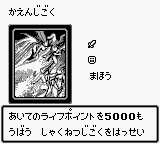
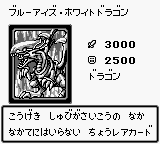
.png)
.png)
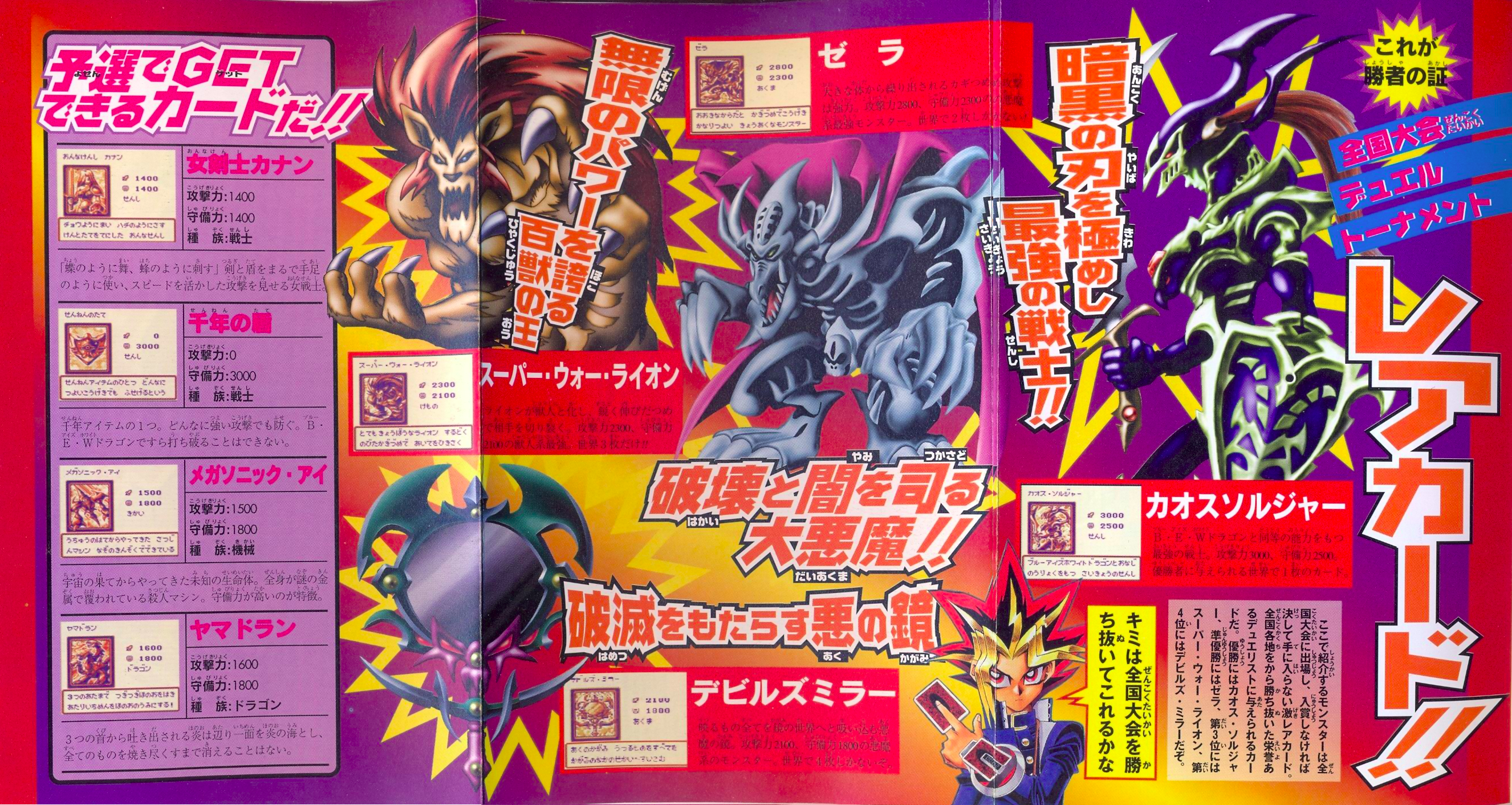
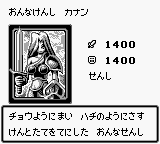
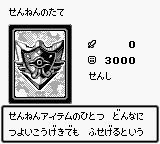
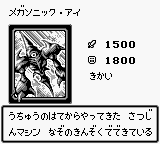
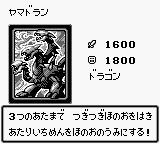
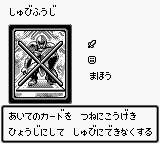
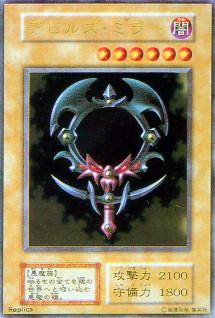

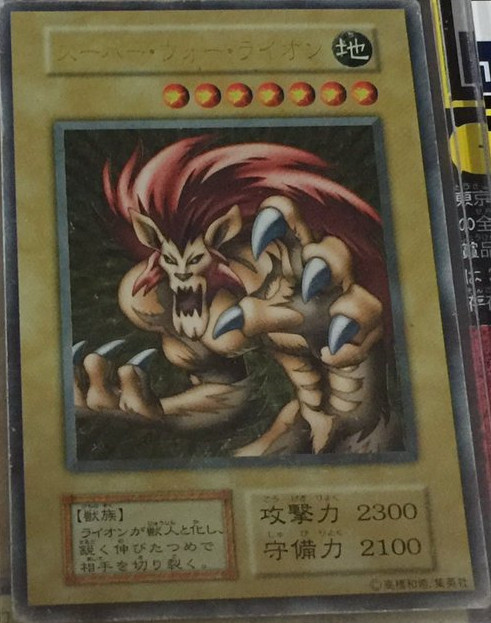
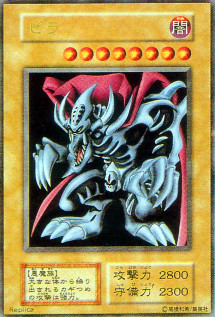
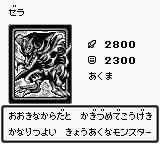
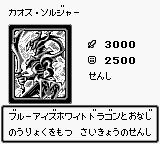
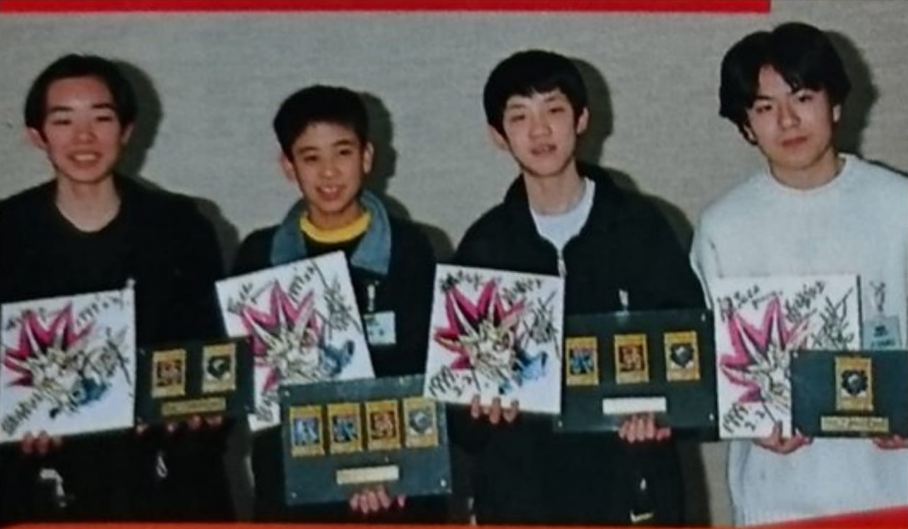
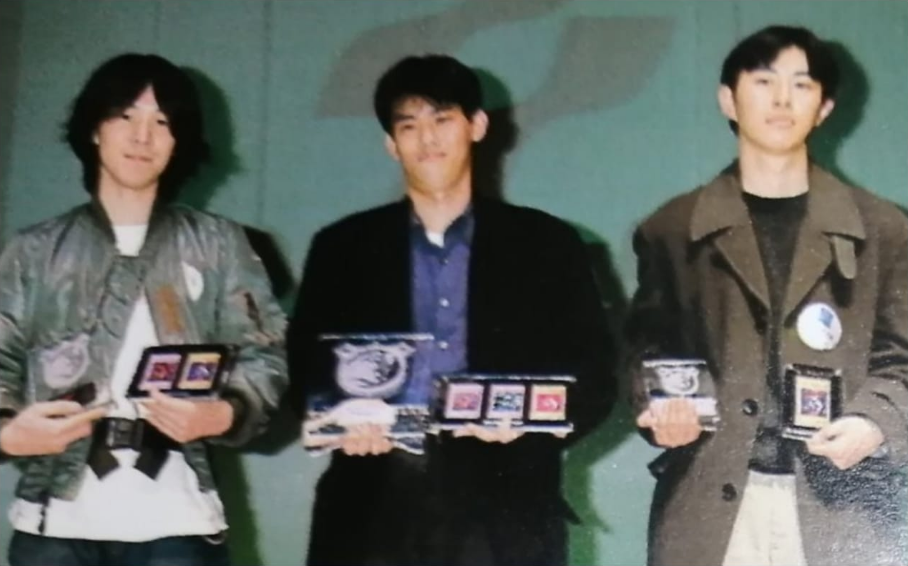

Comments
Post a Comment